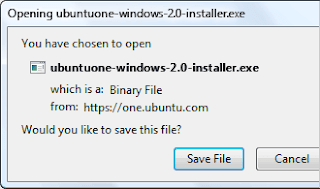
Sony Tablet S, one of the latest devices to be unveiled to the world with Google's Android Honeycomb operating system on board, is now available for pre-order in Australia, via the company's own website.
Sony has just added Tablet S to its Australian website in two different flavors, differentiated by the amount of internal memory, namely 16GB and 32GB. Both devices sport only WiFi connectivity capabilities.
The Sony Tablet S 16GB (Wi-Fi) arrives on shelves with a price tag of $579 (around $565 USD/ 417 Euros) attached to it.
At the same time, Sony lists the 32GB model as available for pre-order for a bit more, at $689 AUD (about $673.35 USD / 500 Euros).
Both device models are available on Sony Australia's website here. Those...



 9/30/2011 10:41:00 PM
9/30/2011 10:41:00 PM
 dannzfay
dannzfay





















